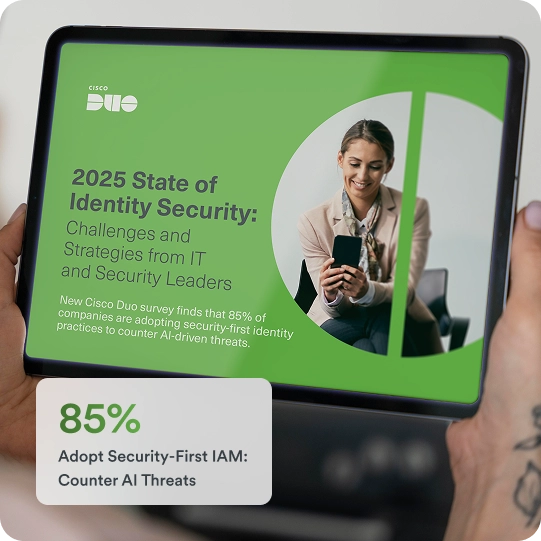

Duo offers a very clean self-enrollment process, and has a lot of pre-existing integrations with a variety of products we already use. We were able to quickly deploy the solution to our users, and since haven’t seen any phishing attempts.
Read the customer storyRichard Bailey
VP of IT Operations, PruittHealth

Dive deeper into phishing prevention
RESOURCES
Explore multiple resources related to phishing prevention
EBOOK
A Guide to Building End-to-End Phishing Resistance
EBOOK
Restoring Trust in Identity, Guide to Duo’s Security-first IAM
EBOOK
Kantara: Cisco Duo Proximity Verification Summary Report




